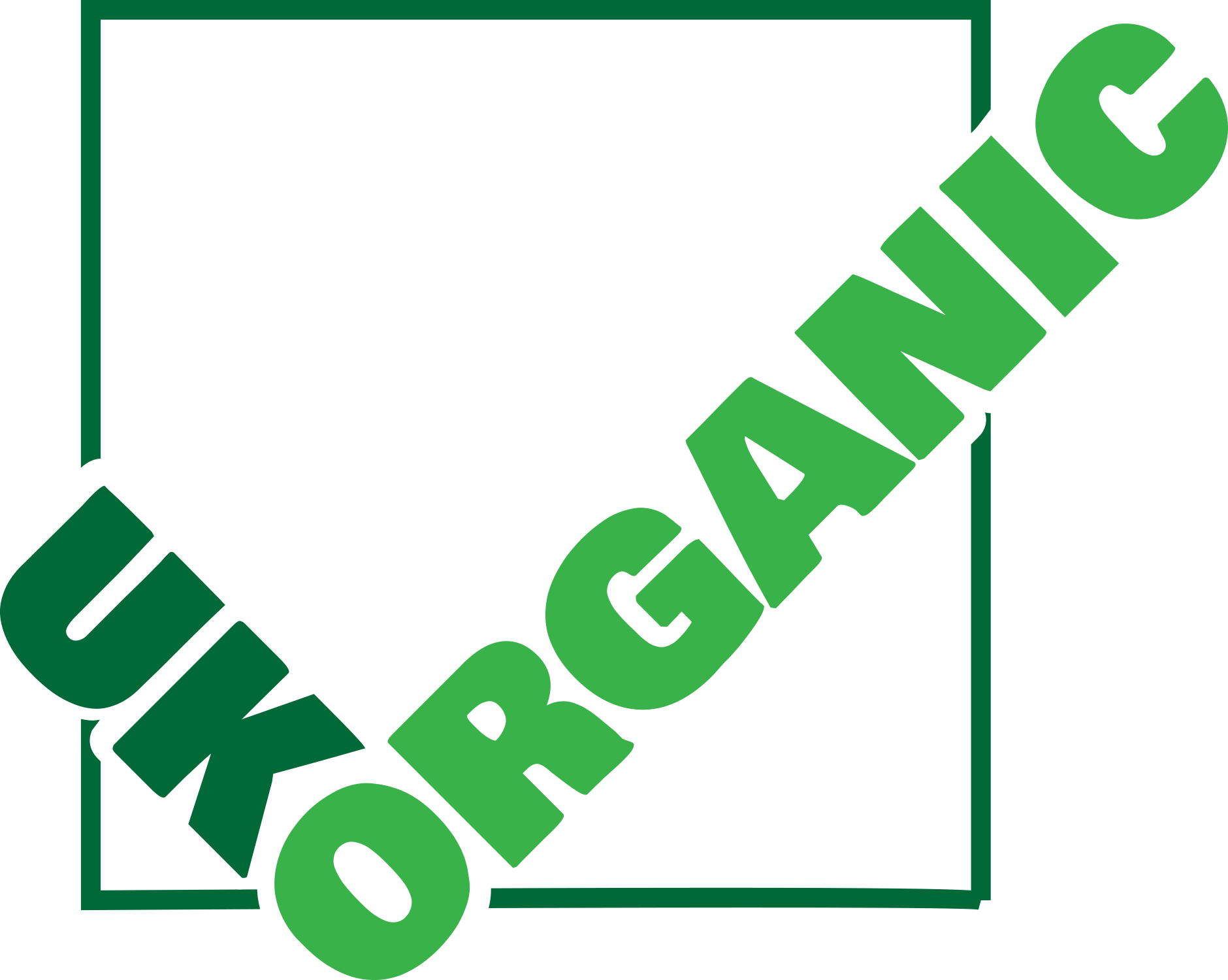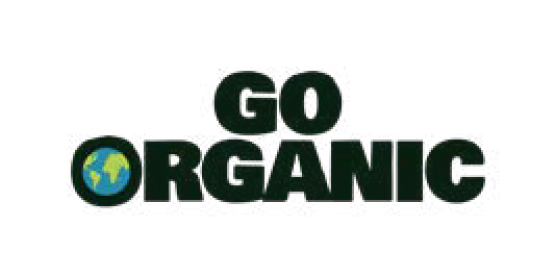A new market report by Textile Exchange* shows an increase of 56% in global organic cotton production in 2017/18, reaching its highest level in eight years.
The biggest contributors to this impressive increase are India, China, and Kyrgyzstan. The increase is expected to grow as these countries as well as Tanzania and Turkey have significant land in transition to organic cotton.
The figures are the highest seen since 2009/2010 which saw a drop in production following on from the global financial crisis.
There has also been a significant rise in facilities certified to voluntary organic standards with certifying bodies Global Organic Textile Standard (GOTS) and Textile Exchange’s Organic Content Standard (OCS) growing by an impressive 15% and 16% percent respectively.
Textile Exchange’s Managing Director, La Rhea Pepper, sees textiles as key in driving change:
“Organic production of cotton is the tip of the spear that has been driving change within the sector. It establishes a direction of travel for all of us, starting with regenerative soil practices.”
The report includes a Q&A with Sarah Compson, International Development Manager at the Soil Association. Soil Association have been involved in the organic cotton sector since 2012 when they started campaigning to raise awareness of the benefits of organic cotton and share information on why organic is better for people and the planet.
The report highlights progress made in the sector and includes an urgent call to action for more investment in non-GM seed programs and for companies to develop their own organic cotton safeguarding programs. Eighty percent of cotton production worldwide was genetically modified in 2017 so farmers can find it extremely difficult to access good quality non-GM cotton seed. This undermines the integrity of organic cotton.
Read more and download the report, here.


*From the Textile Exchange Website: Textile Exchange is a global nonprofit that creates leaders in the sustainable fibre and materials industry. The organisation manages and promotes a suite of six leading industry standards. It also collects and publishes critical industry data and insights that enable brands and retailers to measure, manage and track their use of preferred fibre and materials. With more than 400 members who represent leading brands, retailers and suppliers, Textile Exchange meaningfully accelerates the use of preferred fibres and increases the adoption of standards and certifications across the global textile industry. To learn more about Textile Exchange, visit: TextileExchange.org or follow them on Twitter at @TextileExchange.


